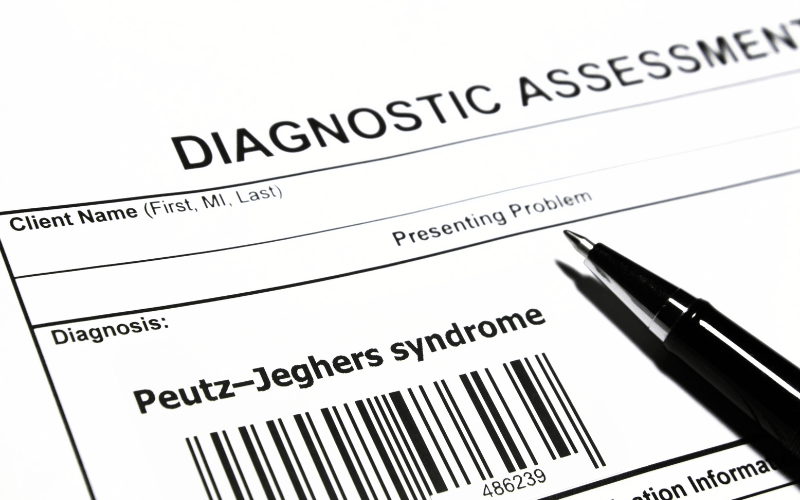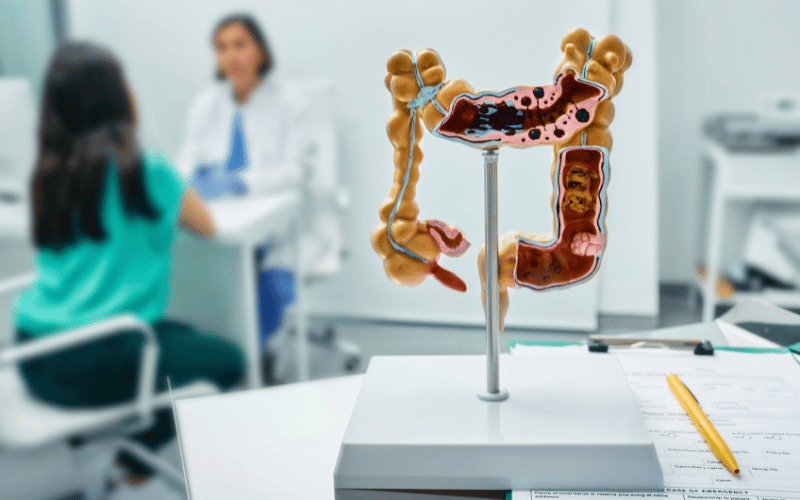Introduction: Navigating the Complex Terrain of Peutz Jeghers Syndrome

Peutz Jeghers Syndrome, widely referred to as PJS, is not merely a jumble of letters or a complex name for doctors to toss around. It’s a serious genetic disorder, often underestimated due to its low-profile nature. Awareness is not just beneficial; it’s crucial. Knowing the early signs could be your first defense against a range of complications that can accompany this syndrome, including an elevated risk of developing cancer.
While the disorder primarily shows up as specific skin pigmentation and polyps in the digestive tract, it’s essential to remember that these symptoms are merely the tip of the iceberg. There’s a myriad of other signs that you might overlook if you’re not vigilant. Unseen doesn’t mean harmless. In the realm of Peutz Jeghers Syndrome, what you don’t know can indeed hurt you.
Why is this in-depth exploration of the top 10 symptoms of Peutz Jeghers Syndrome necessary, you may ask? The answer lies in the gravity of what follows if these symptoms go unnoticed. Think beyond transient discomfort. We’re talking serious health conditions, even life-altering repercussions. This is not just about diagnosing PJS; it’s about proactively safeguarding your health and well-being.
So, get ready to arm yourself with knowledge and take control of your destiny. Whether you’re a concerned individual, a healthcare worker, or a relative of someone who might be at risk, the following discussion aims to empower you. The first and most powerful line of defense against any illness is understanding it. Your journey towards better awareness starts now, right here.
Embarking on this explorative journey, we begin by focusing on gastrointestinal polyps, one of the most pivotal symptoms of PJS. What are they? Why are they dangerous? How do they confirm a PJS diagnosis? Strap in as we answer all these questions and more.
1. Gastrointestinal Polyps: The Silent Indicators of Peutz Jeghers Syndrome

Gastrointestinal polyps are not just odd outgrowths; they’re often the first indicators of Peutz Jeghers Syndrome. They lurk in the lining of your stomach, small intestine, and colon, playing the long game. Their initial size is usually small, contributing to their tendency to go unnoticed.
Their presence in multiple areas of the digestive system sets them apart. They can grow in clusters or appear isolated, masquerading as normal tissue. This leads to one of the problems with these polyps: they are hard to distinguish from regular tissue during medical imaging. Often, their benign nature at the outset belies the threat they pose as they grow larger.
But why should we care about these small, benign growths? Because they’re a bit like the proverbial canary in the coal mine. They serve as early warning signs of more severe issues, including the possibility of becoming cancerous over time. Indeed, the risk increases as the individual ages, leading to a mounting health concern that can’t be brushed under the rug.
That’s right; these seemingly inconspicuous polyps may be your first signal that something’s off. For those diagnosed with PJS, periodic screenings to monitor these polyps are standard procedure. This is due to the potential for complications, such as intestinal obstruction, that these polyps can cause.
With that said, polyps are a symptom of PJS that demands attention. Ignoring them isn’t an option; they’re part of a larger issue that needs to be addressed. Early detection and monitoring can mitigate severe complications down the line, making it crucial to recognize their significance. (1)